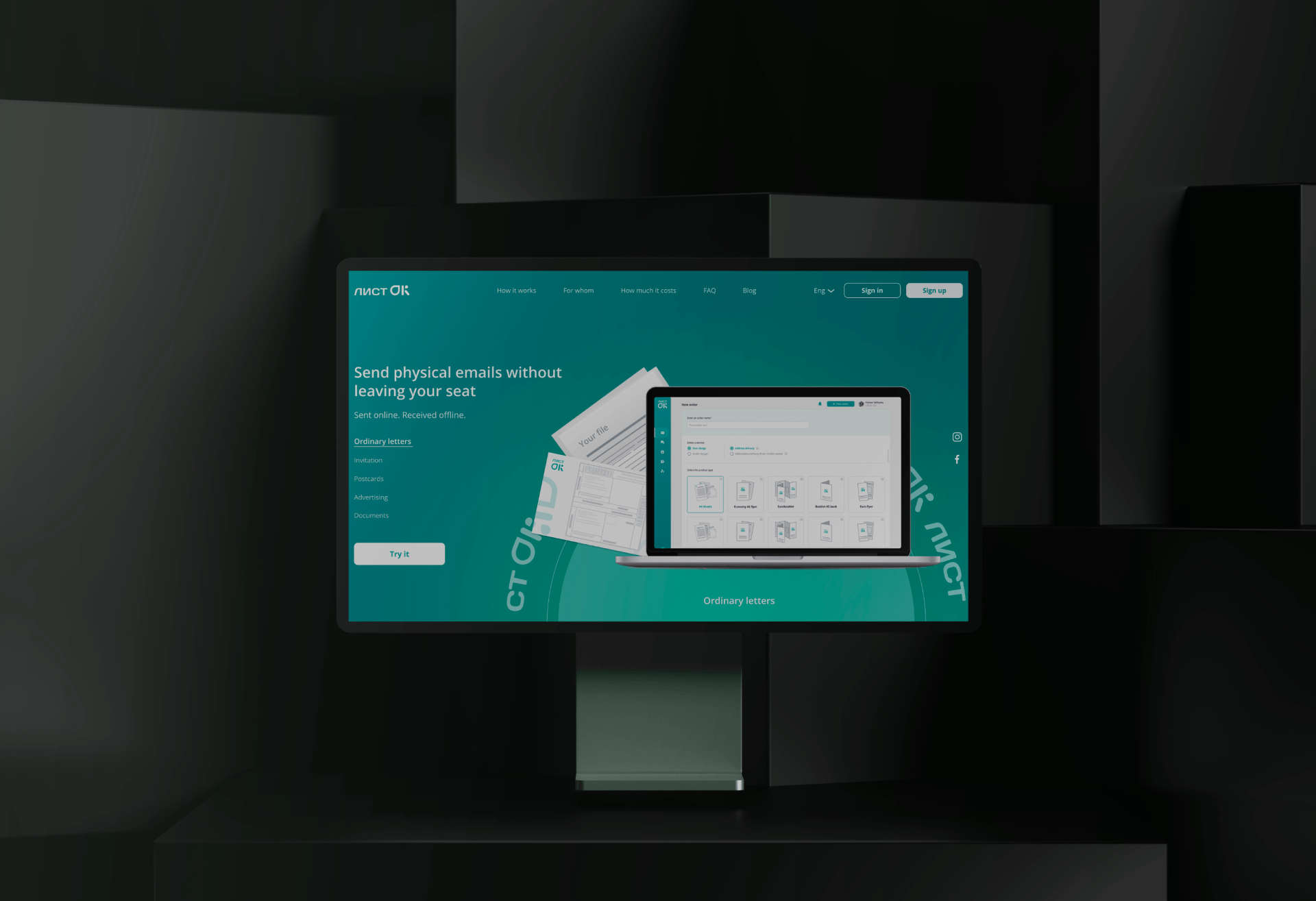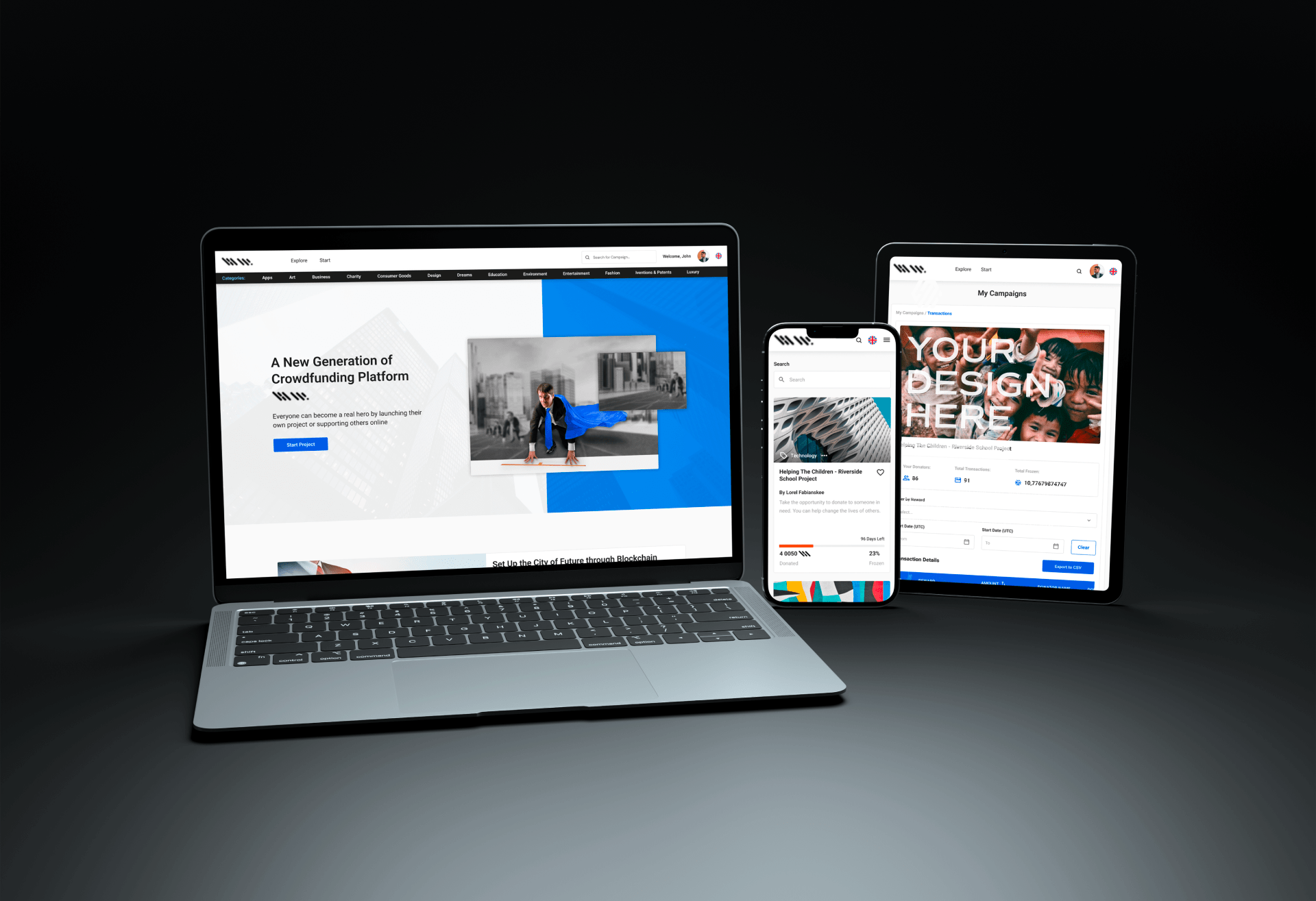Category
MARKETING AND SEO
Date
08/2023
Is SEO still a key tool for attracting customers in 2024? Let’s turn to Google’s data, over 70% of the increase in traffic last year was due to well-tuned SEO. After examining a wide range of SEO statistics, we can come up with the following results:
Local SEO Statistics:
- Google: 97B local searches/monthly
- 1/3 of mobile searches location-related; 28% lead to purchases
- 72% visit stores within 8 km; 76% visit local businesses within a day
Voice Search Statistics:
- Amazon smart speaker dominates with 66% of the market share
- 28% use voice search for business contact; 51% for restaurants
- 65% Google Home & Amazon Echo owners prefer voice search
SEO & Digital Ads:
- 69% of digital advertisers value location data
- 50% visit local businesses same day as a mobile search
- 53% of consumers allow location tracking for relevant offers
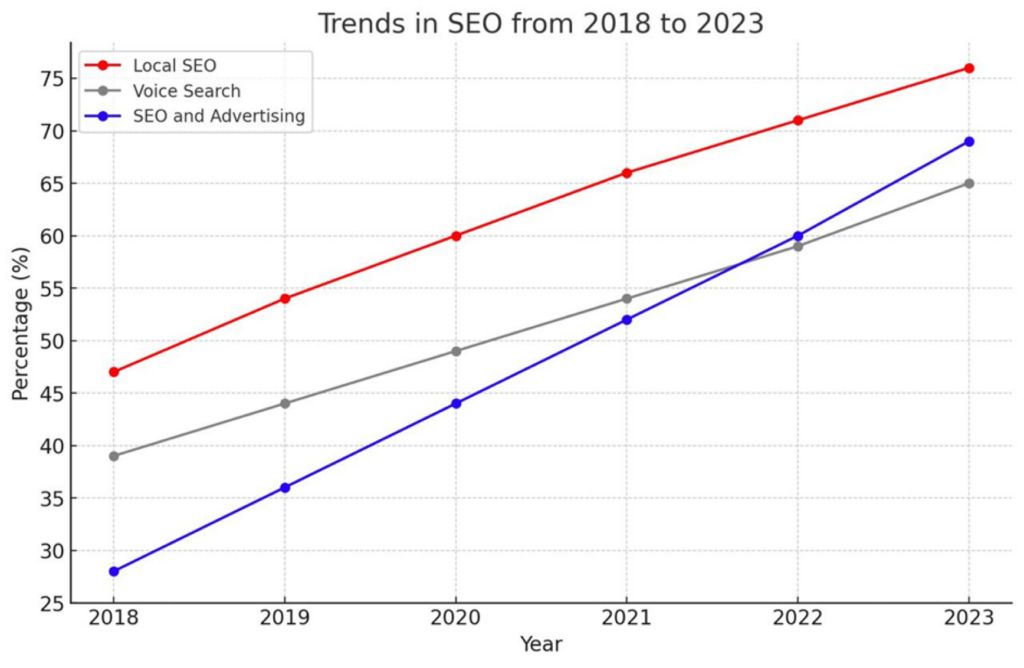
Step into the world where SEO is not just a tool, but a dynamic force shaping the future of digital engagement and consumer behavior. Ready to harness its power?
Check if the website is in the index
It is essential to ensure that your website is optimized for search engines and is indexed to attract more active users. These users, in turn, contribute to conversion, enhance online visibility, and improve rankings in search results. In this article, we will thoroughly explore various ways to enhance Search Engine Optimization (SEO) for your website and increase traffic.
To begin with, we recommend confirming that search engines like Google can find your website. Using the “site:” command in search engines, enter your domain (e.g., “site:yourwebsite.com”). This allows you to review all the indexed pages of your site. This analysis can help you understand which parts of your site are already indexed and how search engines perceive them. If there is an absence of indexing, it’s necessary to check the availability of Google Search Console and, if absent, register by adding a specific code to your site.
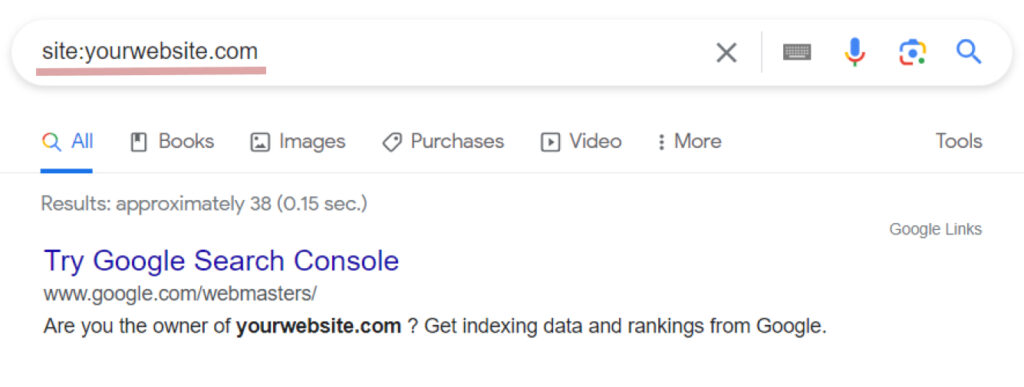
Keyword Research
The next step in improving your website’s SEO is conducting keyword research. This involves identifying relevant keywords and phrases that your target audience searches for and incorporating them into your website’s content and meta tags. Utilize tools such as Google Keyword Planner in the Google Ads user interface or Keyword Planner Tool to find keywords that will help propel your site to better positions.
Website Content Optimization
After selecting relevant keywords, the next step is optimizing your website’s content. Your website should be high-quality, informative, and tailored to your target audience. Use headings and subheadings correctly — for example, having only one h1 per page, not exceeding three h2, and structuring h3 to h6 accordingly.
An example of a web page structure using HTML header tags:
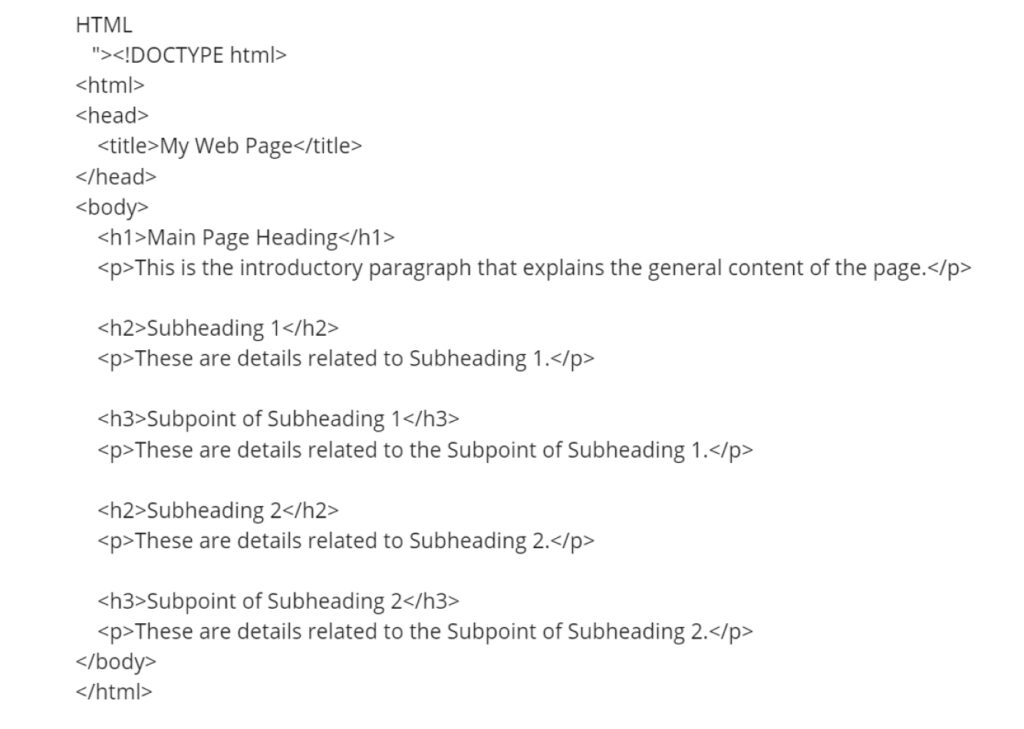
This ensures that search engine bots can navigate your site effectively, much like visitors in a library. It is also crucial to use internal links and proper meta tags such as title and description to organize content and facilitate its perception by search engines. Regularly update your website with fresh content to keep your audience engaged.
Use of Alt Tags for Images
Search engines are gradually improving their ability to interpret information from images, but you need to use Alt tags to explain the content of your images. Alt tags also play a role in providing information for people with disabilities. Descriptive Alt tags provide additional information about your images, helping search engines understand the context and relevance of your website. Using descriptive Alt tags can enhance your website’s SEO.
Several examples of alt tags for different types of images:

Building High-Quality Backlinks
Backlinks from other authoritative resources can significantly improve search engine rankings. This indicates to search engines that your site is valuable and relevant to users. Build backlinks by creating high-quality, popular content that other websites want to publish in their blogs with links to your site. It is essential to use tools to check partner websites for a good domain rating and traffic, and ensure that these sites align with your business’s theme.
Increasing Page Loading Speed and Mobile-Friendly Website
Fast website loading is crucial for both users and search engines. Slow websites can provide a negative user experience, leading visitors to close the site quickly, which can adversely impact SEO. To increase your website’s loading speed, use tools like Google PageSpeed Insights to identify issues and make necessary improvements.
Examples of good speed and optimization for mobile devices:
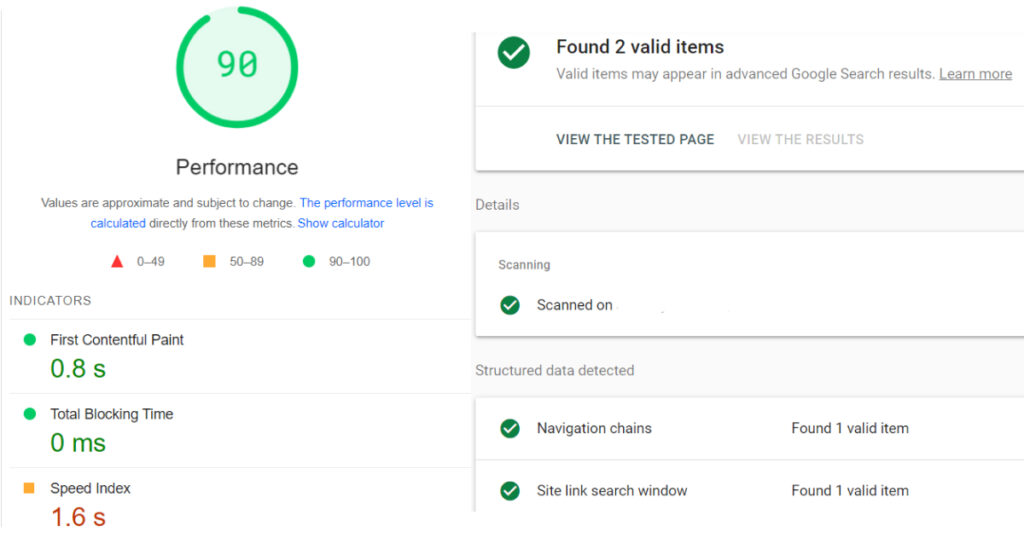
A significant portion of users accesses websites through mobile devices. Therefore, having a website that is responsive to various device types is crucial for SEO. Search engines, like Google, prefer websites optimized for mobile devices. Ensure that your website is user-friendly and readable on different devices such as smartphones and tablets. You can use tools like Google Inspection Tools for mobile to check if your website is mobile-friendly.
Utilizing Social Media and Tracking Results
Social media is a powerful tool for increasing traffic to your website and building backlinks. Promote and share your content on platforms like Facebook and LinkedIn to reach a broader audience and encourage others to share your content. Remember to regularly update your pages and engage with your followers to keep them interested.
Most importantly, track results and make necessary changes. Use tools like Google Analytics and Google Search Console to monitor traffic to your website, keyword rankings, and other relevant metrics. By tracking your website’s performance, you can identify areas for improvement and make necessary changes to continuously enhance SEO and increase traffic.
In conclusion, improving your website’s SEO is an ongoing process that requires consistent effort and patience. By implementing the strategies outlined in this article, you can boost the effectiveness of your website, attract more visitors, and convert them into potential customers. Continue refining your SEO strategies to keep your website relevant and competitive, ultimately achieving your business goals and ensuring stable growth in the online realm.
Looking to expand your online presence?
Our SEO and digital marketing experts can offer customized solutions during a short consultation. Contact us at [email protected] to get access to our proven strategies.







